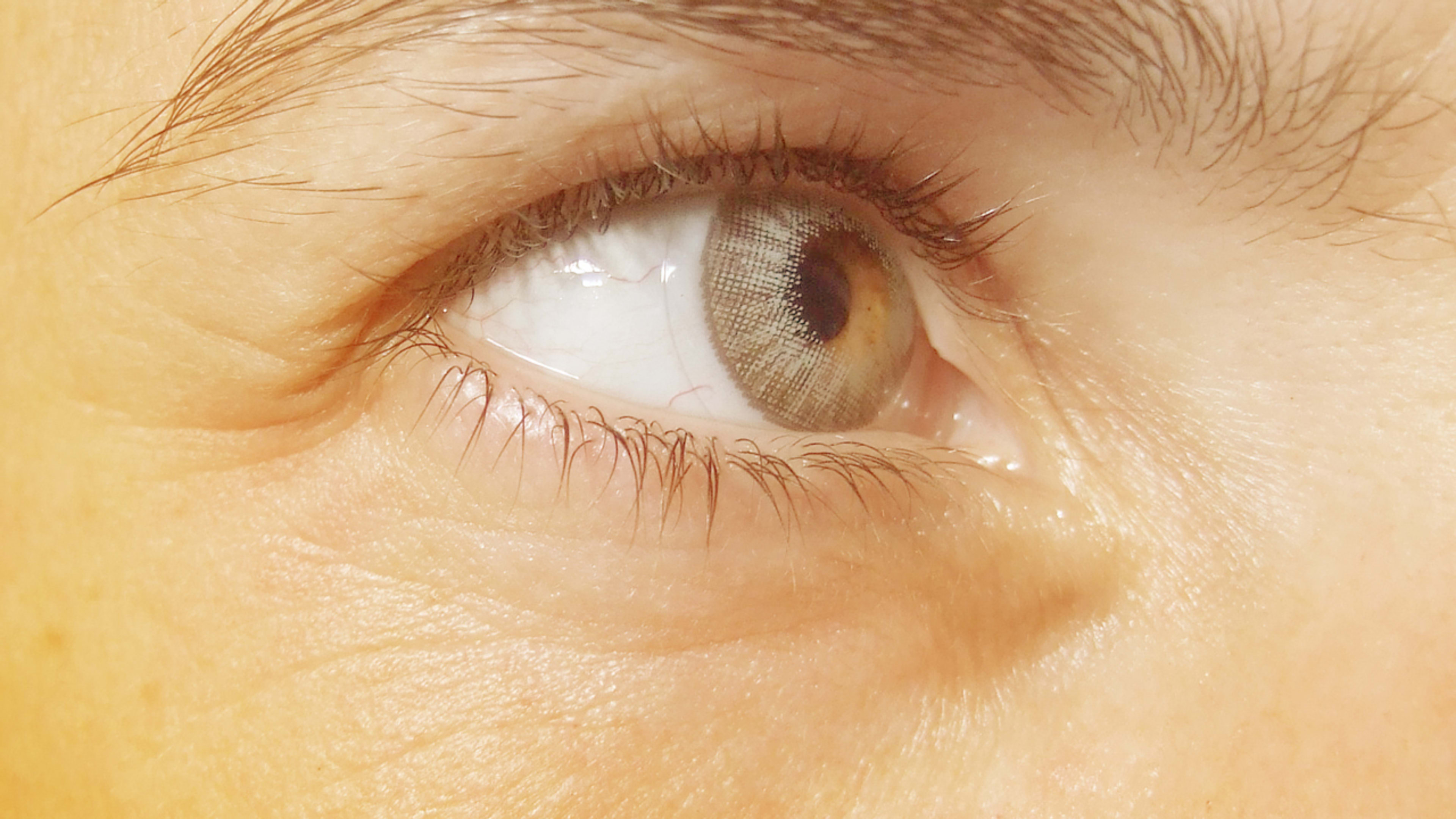Afters plastic straws, disposable contact lenses may be next on environmentalists’ hit list—and for good reason.
Americans flush 2.6 to 2.9 billion contact lenses down the drain every year, according to new research from Arizona State University. Those contact lenses then end up in the water supply, contributing to the growing problem of micro-plastic pollution.
“We found that 15% to 20% of contact wearers are flushing the lenses down the sink or toilet,” said a statement by Charlie Rolsky, a Ph.D. student who presented the work at the 256th National Meeting & Exposition of the American Chemical Society over the weekend. “This is a pretty large number, considering roughly 45 million people in the U.S. alone wear contact lenses.”
Rolsky and his colleagues Rolf Halden and Varun Kelkar—all from the Biodesign Institute’s Center for Environmental Health Engineering at ASU—were already studying plastic pollution, when Halden, a long-time contact lens wearer, started looking into what happens to those single-use lenses. Turns out that when people wash their lenses down the drain or flush them down the toilet instead of sticking them in the trash, the result is some six to 10 metric tons of plastic lenses floating around wastewater treatment plants in the U.S. alone each year.
Since plastic doesn’t biodegrade very easily, the result is as much as 23,000 kilograms of lenses (about 50,000 pounds) possibly accumulating in sewage sludge in the U.S. each year. About 55% of that waste is then dumped into soil, leading the researchers to estimate that 11,000 to 12,650 kilograms (about 24,000 to 28,000 pounds) of contact-lens fragments end up in U.S. dirt annually, and some of that then flows into oceans and rivers. Since contacts and contact fragments are denser than water, they sink—posing a potential threat to bottom-feeding aquatic life that doesn’t know what to do with all the free eyewear.
The authors hope that their research will lead contact lens manufacturers to start labeling their products with a how-to guide for properly disposing of contact lenses, aka just sticking them in the trash.
Recognize your brand’s excellence by applying to this year’s Brands That Matter Awards before the early-rate deadline, May 3.
